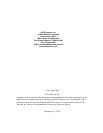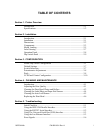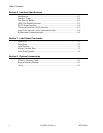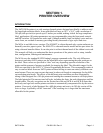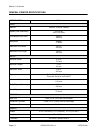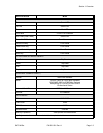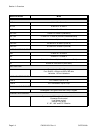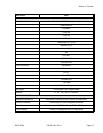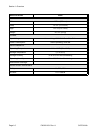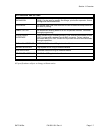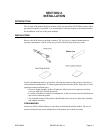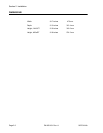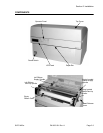
SATO M10e PN 9001101 Rev. A Page 1-1
SECTION 1.
PRINTER OVERVIEW
INTRODUCTION
The SATO M10e printer is a wide carriage thermal printer designed specifically to address need
for large high resolution labels. It can print labels as large as 10.5” x 16.5” with a resolution of
305 dpi (dots per inch) at speeds up to 5 inches per second, making it ideal for large compliance
label applications.All printer parameters are user programmable using the front panel controls
and DIP switches. All popular bar codes and 14 human readable fonts, including vector and two
raster fonts, are resident in memory providing literally thousands of type styles and sizes.
The M10e is available in two versions. The M10eDT is a direct thermal only version and must use
thermally sensitive paper to print. The M10eTT is a thermal transfer model and has provisions for
using a thermal transfer ribbon. It can also print in a direct thermal mode if the ribbon is not used.
This manual will help you understand the basic operations of the printer such as setup, installa-
tion, configuration, cleaning and maintenance.
The M10e uses the standard SATO Printing Language command codes. The only differences
between it and other SATO printers are the allowable values representing the print positions on
the label. These values are specified in “dots” and vary depending upon the resolution of the
printer and the amount of memory available for imaging the label. The allowable ranges for the
M10e are specified in the SATO “e” Printer Programming Reference. This commonality makes it
easy to convert labels from one SATO printer without having to create an entirely different com-
mand stream. There are some caveats that must be observed though to compensate for the differ-
ent resolution print heads. The effects of the different print resolutions are best illustrated by
taking a label designed for a 305 dpi printer and sending the command stream to a 609 dpi printer.
The label printed will be an exact one half scale, including the fonts, bar code dimensions and line
length/widths. The only exceptions are the Postnet bar code and OCR-A and OCR-B fonts that
have only one legal size and the printer resolution is automatically compensated for by the various
printers. Conversely, a label designed for a 609 dpi printer and sent to its 305 dpi cousin will be
twice as large. It probably will be “truncated” if the resulting size is larger that the maximum
allowable for the printer.




